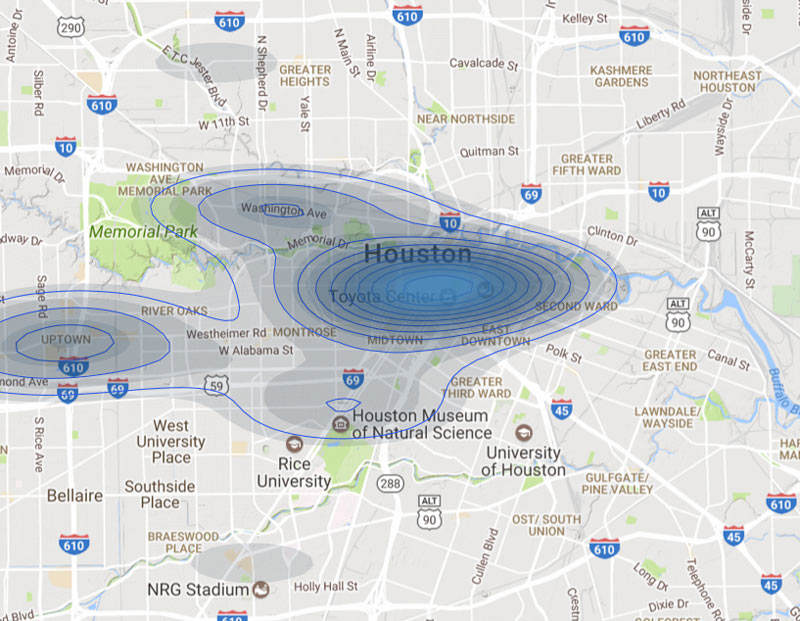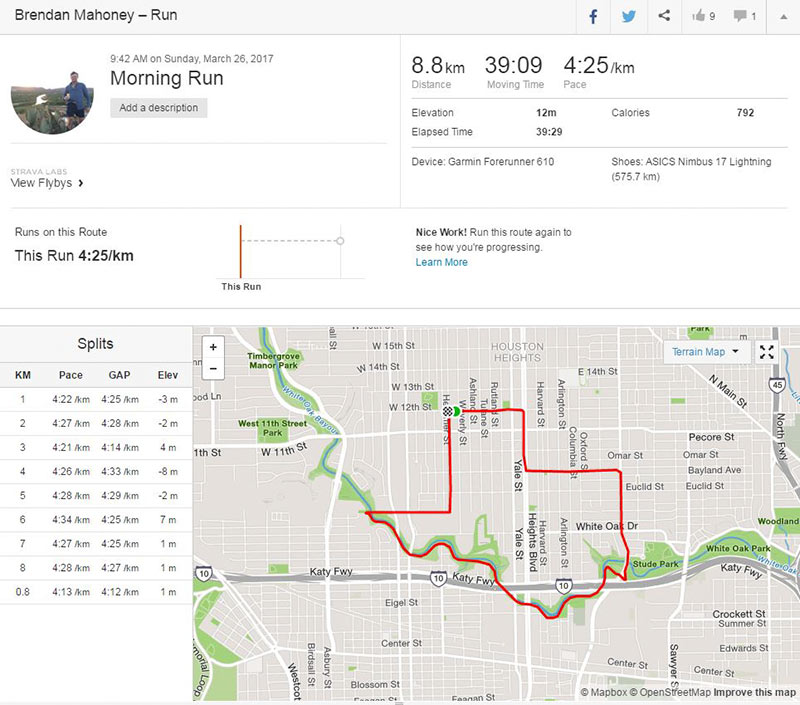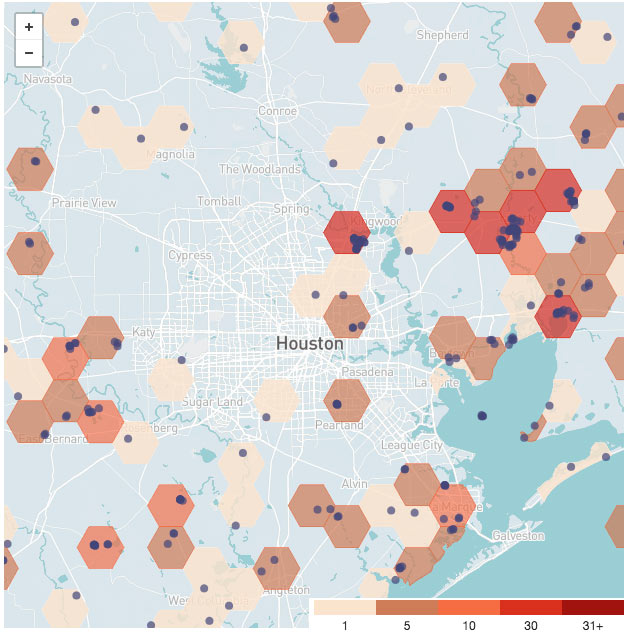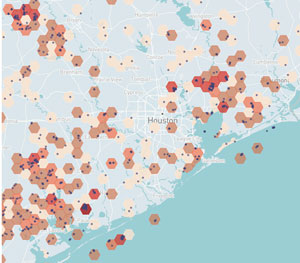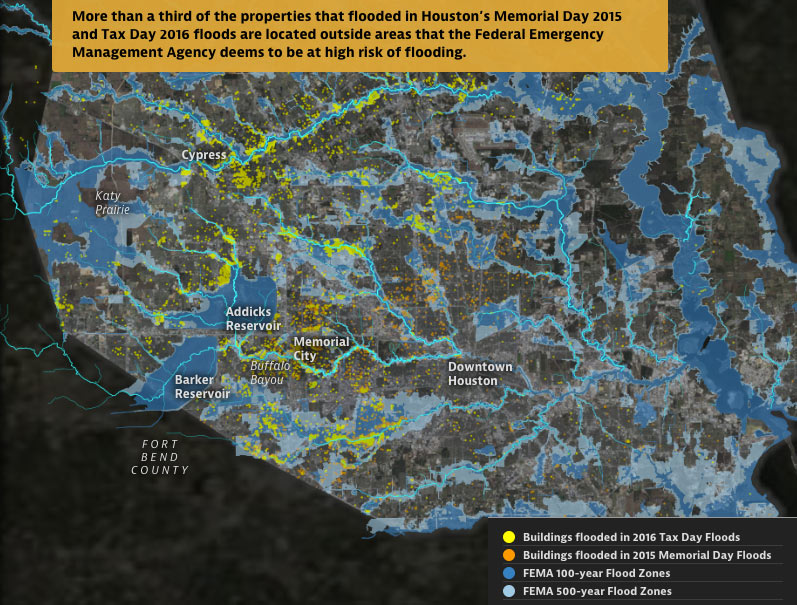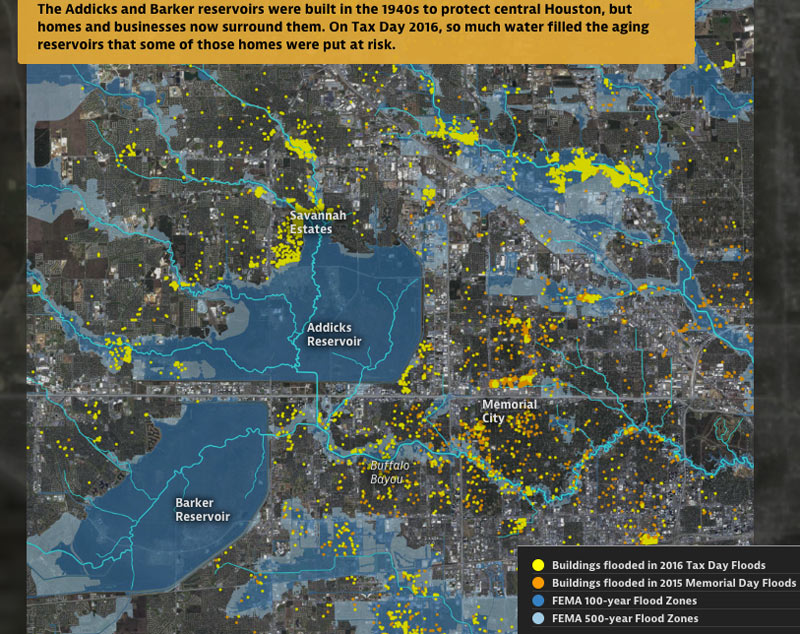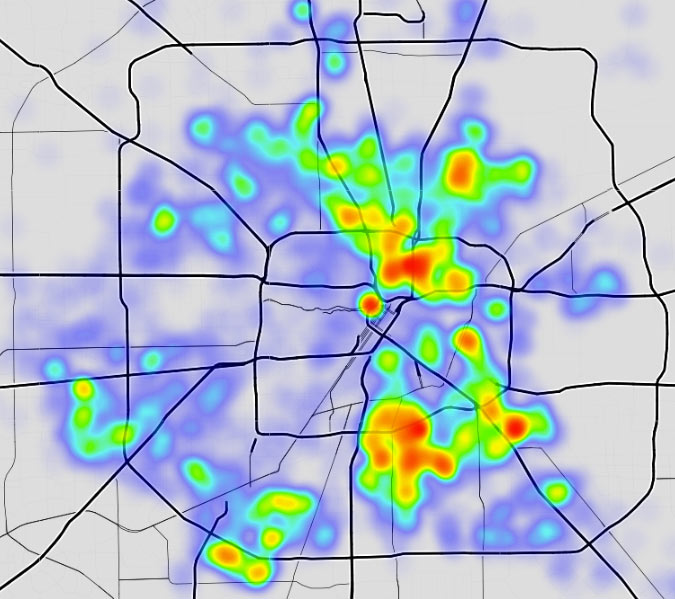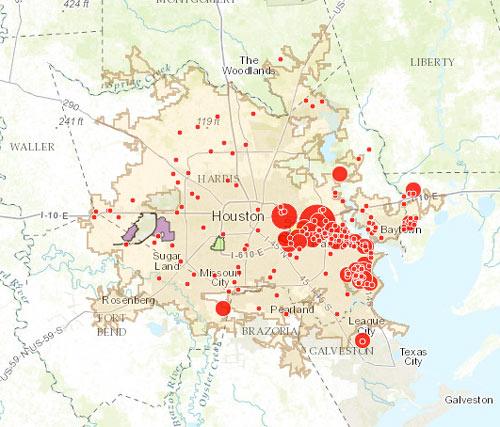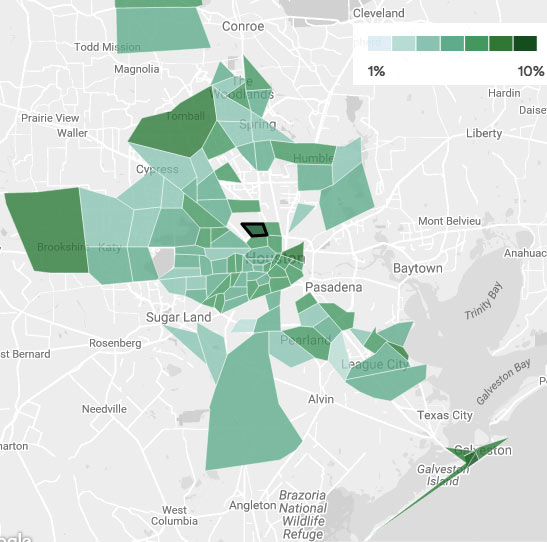Yes, there are spots where Harris County public health officials have determined it’s still not safe to drink the water. And here they are: Areas still under drinking-water advisories are marked in red in the above interactive map; areas where advisories issued after flooding resulting from Hurricane Harvey have already been lifted are marked in green. Click on each area and a popup or panel will provide details. The county promises to update the map every 24 hours. A full-browser-width version of the map is available here.
- 2017: Hurricane Harvey [Harris County Public Health, via Houston Chronicle]
- Harris County Drinking Water Advisory Areas [Harris County Public Health]
Map: Harris County Public Health


